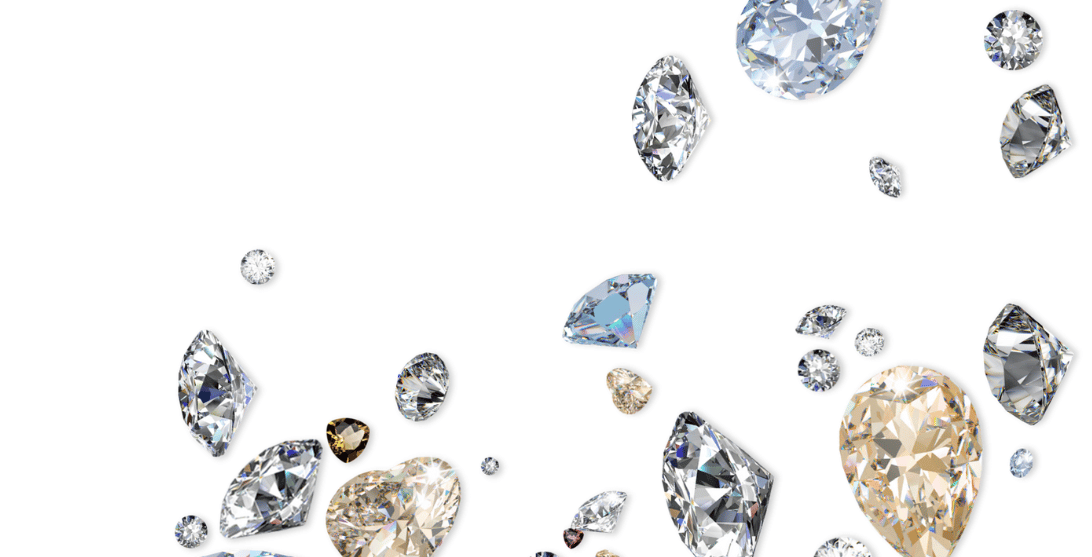Types of Diamonds: A Beginner’s Guide
July 24, 2025
When most people hear “diamond,” they imagine a sparkling gemstone in a ring box — but not all diamonds are the same.
From how they form to what they’re made of, diamonds vary in type, quality, and origin. This beginner’s guide will walk you through the different types of diamonds and how they relate to everything from durability to rarity.
What Are the Main Types of Diamonds?
There are two primary ways to classify diamonds: by origin and by crystal structure. Understanding both helps you make informed decisions when shopping for fine jewelry or designing a custom piece.
1. Natural Diamonds
These are formed deep beneath the earth’s surface over billions of years. They are mined from kimberlite pipes — a type of igneous rock — and are the most traditional and sought-after diamonds.
Wondering where diamonds come from?
Diamonds are found in which type of rock? The answer: typically kimberlite, but also lamproite and, rarely, placer deposits.
2. Lab-Grown Diamonds
Also known as synthetic or man-made diamonds, these are created in controlled environments using high pressure and temperature (HPHT) or chemical vapor deposition (CVD). Lab diamonds have the same physical and chemical properties as natural ones — and are growing in popularity for ethical and budget-conscious reasons.
What Type of Diamonds Are There Based on Composition?
Diamonds are also classified by their atomic structure and trace elements. The Gemological Institute of America (GIA) defines four types:
Type Ia
The most common type of diamonds — containing nitrogen atoms in clusters. These typically have a yellow or brown tint due to light absorption.
Type Ib
Less than 0.1% of natural diamonds. Nitrogen is scattered as single atoms, resulting in intense yellow or orange hues.
Type IIa
Exceptionally rare. These diamonds contain almost no nitrogen or boron, making them among the clearest and most chemically pure. Some of the world’s most famous diamonds fall into this category.
Type IIb
These contain boron and may exhibit a bluish or gray tint. They are electrically conductive and also extremely rare.
Colored Diamonds and Their Meaning
Colored diamonds — including pink, blue, green, and even black — occur due to trace elements or structural defects. While not technically a “type” under the GIA system, they are another way to explore different types of diamonds beyond the traditional white or clear stones.
Which Type Is Right for You?
Whether you’re considering a traditional natural stone or an eco-friendly lab-grown option, knowing the type of diamond helps you choose a piece that reflects your values and vision. If you’re drawn to rarity, Type IIa diamonds may appeal to you. If you’re looking for bold color and individuality, consider fancy-colored stones or lab-grown alternatives.
At JC Jewelers, we help clients explore all of these options — from custom designs using heirloom stones to ethically sourced diamonds of every variety.
Curious About Diamond Cuts?
While this guide focuses on diamond types, we’ve also written a companion article that explores diamond cuts and shapes in depth. You can read it here.